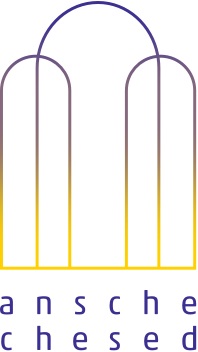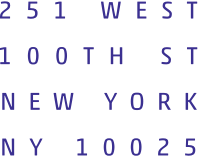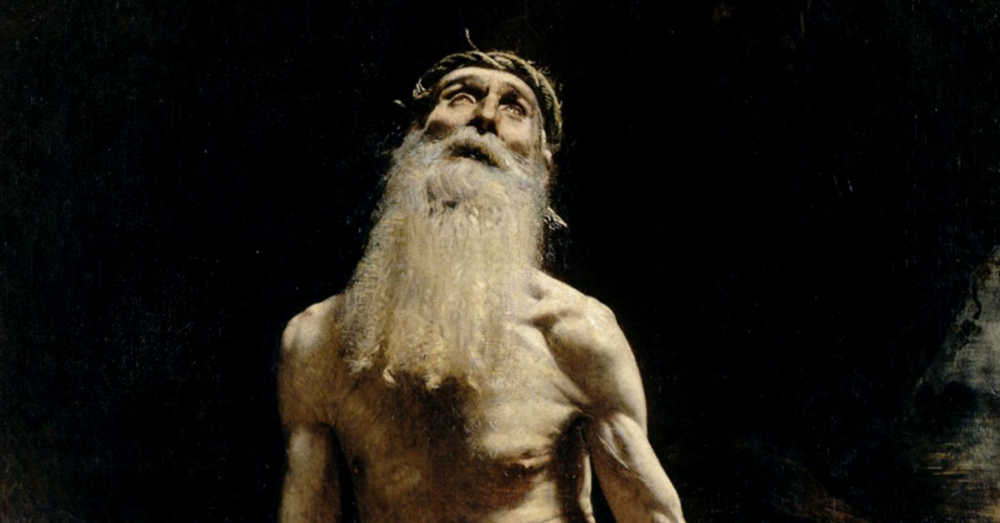Dew Drops

מוריד הטל/Morid ha’tal, “Who makes the dew drop.” משיב הרוח ומוריד הגשם/ Mashiv ha’ruah u’morid ha’geshem, “Who makes the wind blow and makes the rain fall.” The second blessing of the Amidah is marked with little prayerful weather reports: In the rainy season of the Land of Israel – from Shmini Atzeret at the end of Sukkot until… Read more »







